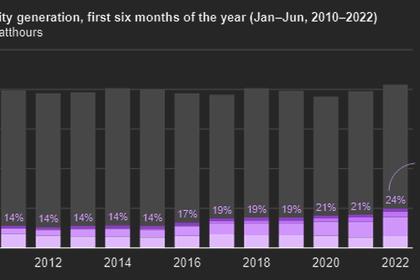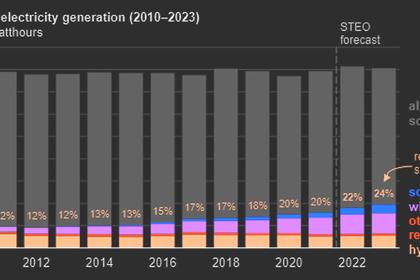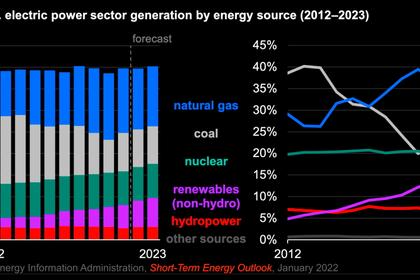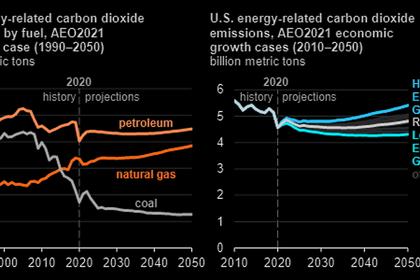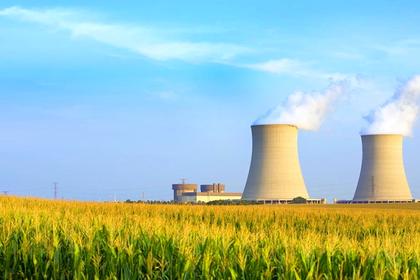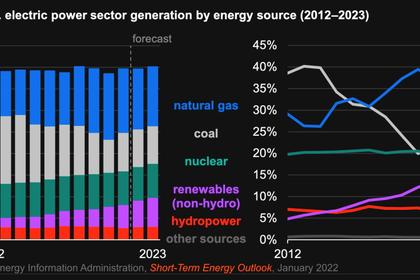
U.S. RENEWABLES: BEATINGS FOR UPGRADES
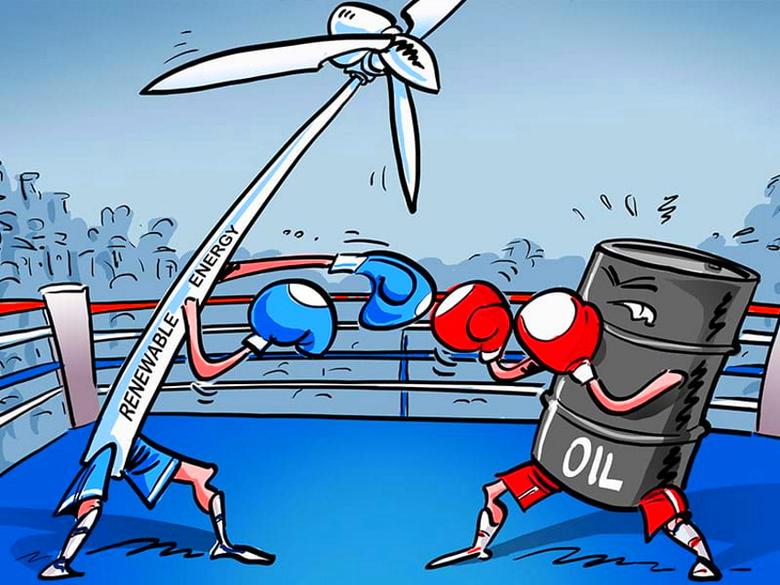
By ED REID Vice President, Marketing (Retired) / Executive Director (Retired) / President (Retired) Columbia Gas Distribution Companies / American Gas Cooling Center / Fire to Ice, Inc.
ENERGYCENTRAL - Sep 13, 2022 - Society employs incentives and disincentives in numerous ways to influence the actions of various members of society. Sometimes these incentives and disincentives are soft and subtle, while at other times they are brutal and explicit.
The US federal government’s effort to force the transition of the US energy economy from a mixed-fuel economy to an “all-electric everything” energy economy based on renewable electricity generation and storage is becoming a brutal and explicit combination of incentives and disincentives.
Developers of renewable electricity generation projects are provided a variety of federal and state incentives which accelerate their development, reduce their installation costs, offset a portion of their operating costs; and, provide generation priority when renewable generation is available. Government also touts that these renewable generators produce lower cost energy and will result in reduced energy costs, to encourage the public to support the transition to renewables. Similar incentives are available for the purchase of electric vehicles; and, the federal government has begun supporting development of the public fueling infrastructure for electric vehicles.
While these various incentives have encouraged the adoption of renewable generation and electric vehicles, the Administration has determined that the process is not proceeding as rapidly as necessary to support the US “commitments” under the Paris Accords. Therefore, government has imposed numerous disincentives to coal production, consumption and export; and, taken numerous steps to limit exploration for and production of domestic oil and natural gas.
The federal government has established a schedule for the elimination of coal-fired electric generation, as well as a schedule for the elimination of all fossil-fueled electric generation. It has also established a schedule for elimination of all fossil fuel consumption in the US. These schedules would ultimately result in the elimination of the coal, oil and natural gas industries, with the questionable exception of oil and gas for use as chemical feedstocks. These schedules would also end production of vehicles powered by internal combustion engines (ICE), requiring full conversion to electric vehicle production by 2035.
Significant questions remain regarding the practicality of heavy-duty electric vehicles, including over-the-road tractors, construction equipment, farm equipment, railroad engines, ships and aircraft. There are suggestions that these applications could be fueled with renewable fuels such as bio-diesel, ethanol or hydrogen.
The federal government is also currently proposing incentives for the installation of electric heat pumps and for the replacement of gas appliances with electric appliances, to achieve an “all-electric everything” energy economy by 2050. These replacements would impose significant costs over and above the cost of the replacement appliances and equipment, including building electric service upgrades, building electric wiring modifications and utility grid capacity expansion. The “all-electric everything” grid conversion combined with expected energy demand and consumption growth through 2050 would require the electric grid to expand by a factor of approximately four by 2050.
Growing public resistance to industrial wind farms, industrial solar collector arrays and electric transmission infrastructure might require more aggressive federal and state government involvement in siting approvals, including eminent domain actions.
Beatings will continue until morale improves.
This thought leadership article was originally shared with Energy Central's Energy Collective Group. The communities are a place where professionals in the power industry can share, learn and connect in a collaborative environment. Join the Energy Collective Group today and learn from others who work in the industry.
-----
Earlier:
